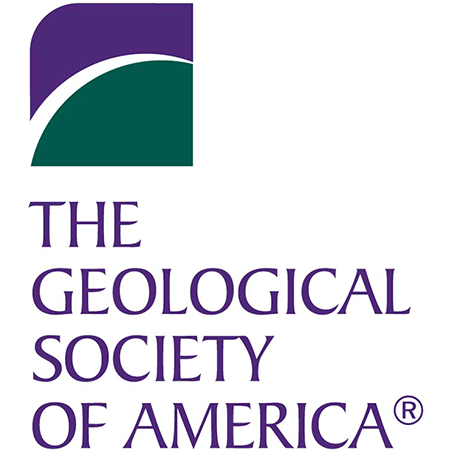Please help me fund my PhD research!
Due to the current funding climate, I am working to crowdfund my PhD project.
Visit https://experiment.com/experiment.com%2Foyster to learn more and donate.
The Guana River Estuary
The Guana River Estuary (GRE) is a beautiful 13-mile estuary in northeast Florida that consists of the Guana River and an impounded estuary north of Guana Dam referred to as Guana Lake or Lake Ponte Vedra, built as a waterfowl habitat in the late 1950s. The GRE is part of the Guana River Marsh Aquatic Preserve that was established in 1985 and managed by the Guana Tolomato Matanzas National Estuarine Research Reserve (GTM). Being labelled as an Outstanding Florida Waterbody in 1986 means the GRE is worthy of special protection because of its natural attributes. However, today the GRE is considered 'impaired' due to excess nutrients, which can cause eutrophication and harmful algal blooms that threaten the environment, species, human health, and local recreation within the estuary.
Oysters offer a natural solution to mitigate excess nutrients through their water filtration capabilities. A single oyster can filter up to 50 gallons a day, which helps to remove sediment, algae, and other pollutants from the water. GTM managers are currently considering whether adding oysters could help improve water quality in the Guana River and have been monitoring oysters since 2014. Several recent research projects, including the NOAA Science Collaborative-funded Budgets & Bivavles Project, have provided a better understanding of how current shellfish impact water quality within the GRE. However, little is known about long-term impacts beyond the past 10 years.

A) Map of Florida with GTM location outlined in red. B) GTM boundaries highlighted in orange. C) Located in the northern region of GTM, the Guana River Marsh Aquatic Preserve (GRMAP) boundary is highlighted in pink. D) Locations of previously sampled vibracores from Guana River oyster reefs.
GOAL: To extend the baseline of oyster information further into the past to provide a long-term perspective for how the Guana River oyster population has changed over time to inform management decisions.
New Methods for Estimating Historical Oyster Population Metrics
During fieldwork in 2022 and 2023, I piloted a vibracore method to collect 5-10ft (152-305cm) cores of the living oyster reefs and the preserved, buried oysters underneath in Guana River. Generally, the deeper a shell is within a core, the older it is. However, as these shells accumulate when living oysters die over time, not every preserved oyster was alive at the same time. Due to other natural processes (e.g., bioturbation, dissolution) and storm events, shells from deeper in the reef tend to be a greater mix of different-aged shells—a process called time-averaging.
Collecting a vibracore on an oyster reef in Guana River, Florida, during summer 2022.
Collected cores from Guana River were driven back to the Paleontological Research Institution in Ithaca, NY, for processing. Each core was described and then subsectioned into 5cm subsamples, which were washed over stacked sieves, air dried, sorted, and then bagged, labelled, and boxed for long-term storage in the research collection. Oyster shells were measured and counted for abundance throughout each core sample to identify how oysters have changed over time.
I aim to use oyster size and density from the past to quantify how much filtration Guana River oysters were capable of before 1985, when the Guana River Marsh Aquatic Preserve was established. I can compare these past estimates to how much the current oyster population can filter to determine whether adding more oysters to Guana River is feasible based on the recent history of oyster size, density, and filtration.
To determine how old the shells are and how much time is represented in my cores, I use a method called radiocarbon dating, which measures the carbon content within an oyster shell to estimate the year it died. Dating as many shells as possible throughout each core is important to accurately estimate the age of each core increment as well as the amount of time-averaging (or mixing of shells from different years).
.jpg)
An oyster shell with a slice of the hinge cut out to send for radiocarbon dating. Photo by Jaleigh Goben.
Grateful to all funders and collaborators of this project.








Conservation Storytelling
The final chapter of my thesis will investigate the power of conservation storytelling. The goal is to create a collective story about the Guana River Estuary that might inspire and support local environmental initiatives to improve water quality and shellfish restoration.
(More coming soon!)

















